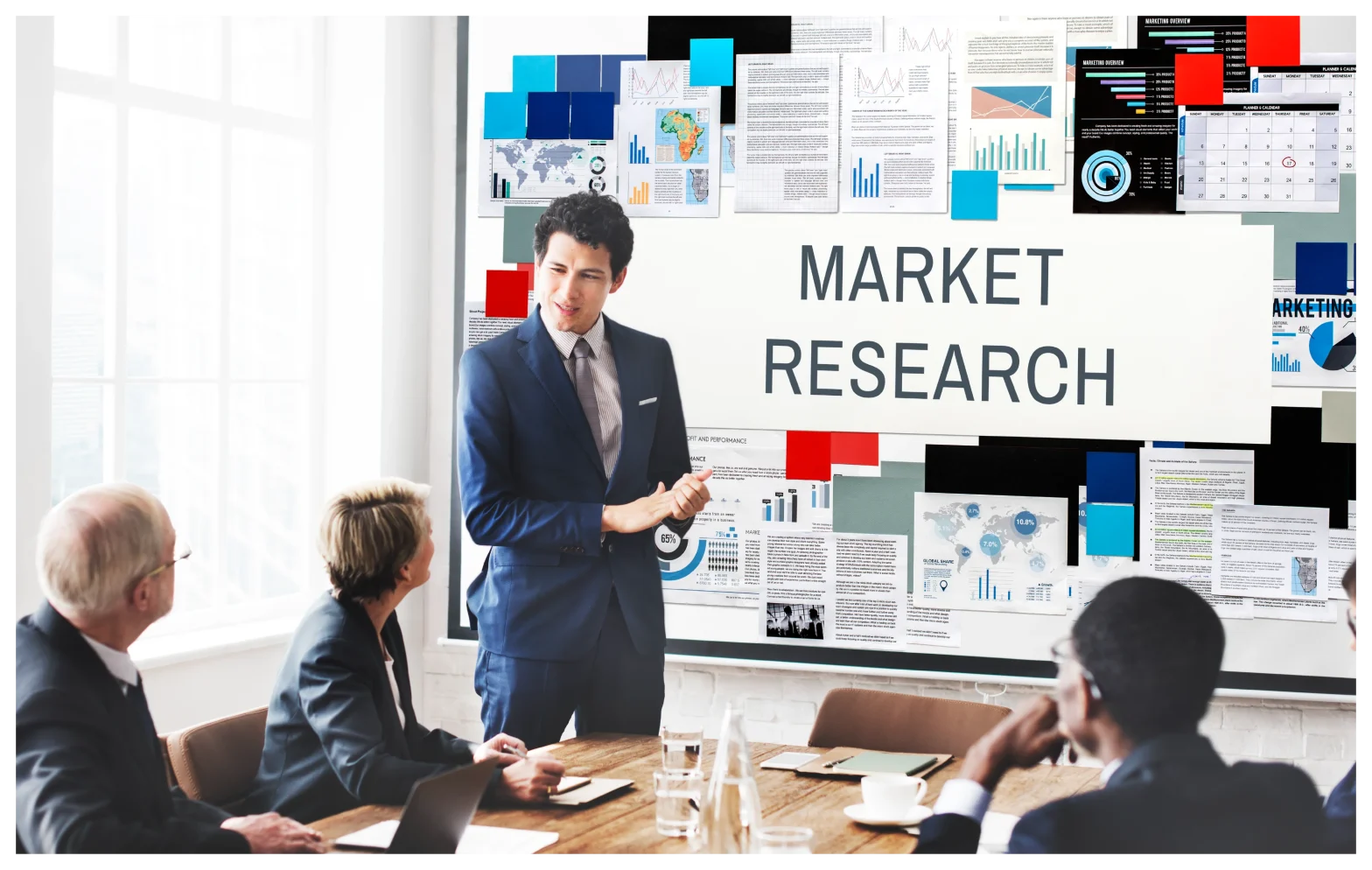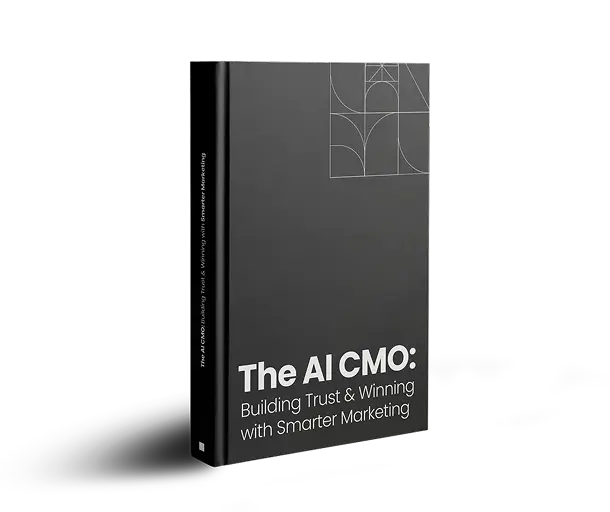
Introduction
You probably already know that a targeted and personalized marketing campaign is the best way to reach customers who matter to your business. But despite this knowledge, you probably do, or have in the past, pushed generic messaging to a global audience, hoping that it will reach and convert a small percentage of them.
Market research on account-based marketing, however, shows that a broad marketing approach is not very effective in the end, from a spending and ROI perspective.
Research also shows that ABM is no longer a nice-to-have and that in fact, the very survival of b2b companies may depend on hyper-targeted marketing. Account based marketing appreciates that your product may not be the right fit for everyone who encounters it. Sure, you may convert customers through your generic campaigns but if they are not a perfect fit, they will realize this sooner or later and cancel their subscriptions.
The focus of account-based marketing is on reaching and building relationships with key decision makers from a small number of highly relevant companies (accounts). This approach is gaining more traction and as TOPO, a marketing research firm, stated in one report that, “ABM is going mainstream in 2019”.
Why Account Based Marketing (ABM ) is The Best Marketing Approach
In the 2015 state of ABM research report, 92% of marketers from over 100 b2b companies interviewed by Sirius Decisions regarded ABM as “extremely important” or “very important”. Fast forward to 2019 and although there are still challenges in its implementation, ABM is still highly regarded and those that use it highly recommend it. Here’s why:
High Return on Investment (ROI)
87% of marketers say that ABM has higher ROI than other marketing initiatives. (Source:2017 ITSMA ABM Benchmarking Survey). This is because ABM forces you to focus on accounts that have a higher likelihood of buying from you, not just once, but multiple times. But even with this impressive performance, 40% of ABM practitioners report that they still struggle with demonstrating the return on investment of their ABM, according to the 2019 state of ABM report. The issue in most such cases is lack of team alignment.
For your ABM strategy to yield positive results, it needs buy-in from company executives and alignment from all stakeholders. According to the 2019 ABM market research report by Engagio and Salesforce, 72% of teams that succeed with ABM have sales and marketing teams that are well aligned on their approach.
When teams are aligned, they focus their activities on pursuing the same accounts. Alignment also means that financial resources are directed towards the same goal. Large or small, your marketing budget will be spent on smaller and specific campaigns. This way, you can reach the most important accounts with very limited investment.
Generate More Revenue
All marketing initiatives have one major goal: to increase the revenue that a company generates. There’s a strong correlation between ABM and increased customer satisfaction, revenue success and business expansion. Since ABM forces you to focus on a set of specific accounts, it allows sales professionals to build close relationships with few clients.
Good relationships lead to more revenue generated per account. More revenue provides the financial muscle necessary to reach and engage more lucrative accounts in existing and new other markets.
Once your account-based marketing strategy reaches maturity, it should yield more revenue. Research findings from a survey carried out by Forrester, show that when sales and marketing teams take time to build and mature ABM, they are up to 6% more likely to surpass their revenue goals. The survey, which was carried out on 120 marketers practicing account-based marketing also found that:
- 62% agree that implementing ABM has impacted their business positively
- There’s an improvement in account focus as ABM matures. In 2018, 47% of professionals said they focused on 99 accounts or less as their ABM approach matures. This number rose to 56% in 2019.
- Personalized content is important to ABM success, according to 56% of marketers
- 43% agree that good data management and ABM should go hand in hand
- 50% said their ABM is established. This is a 7% jump from the survey results in the previous year. More companies now consider ABM as a mainstream marketing practice and therefore factor it in allocated budgets.

Image Source : Demandbase.com
What Is the Future of Account Based Marketing (ABM )?
Before their 2019 Sirius Decisions summit, Steven Casey, principal analyst at Forrester Research posed the question: Is ABM here to stay?
one of the predictions from the 2019 Sirius Decisions Summit, was that the term “ABM” may no longer be in use in the next 5 years as more organizations adopt an account-centric approach. In other words, companies won’t have a mainstream marketing team and a separate one that focuses on account-based marketing. All marketing will just be ABM.
Casey maintains that account-based marketing is evolving and that this evolution centers around three main areas namely: atomization, authenticity and AI. Learning how “to take advantage of these developments” will determine your level of success with ABM. These three pillars can be defined as follows:
- Businesses that master hyper-personalization are best placed to win more customers during the buyer journey
- Are you addressing customers deeper concerns? When customers look at you, do they see their values reflecting back at them? Are you helping customers grow in their intended direction?
- Embodying the benefits that AI brings can increase efficiency in customer handling without comprising the human touch.
Scott Vaughan from marketing land also lends his perspective into the future performance and endurance of account-based marketing. He interviewed 50 teams on the state of account based marketing and the conclusions from the interviews were as follows:
ABM And B2B Marketing Are Yet to Reach a Place of Synonymity
To reach this synonymity, teams need to shift their mindset from a lead generation approach that focus on quantity to a precise account-based system that is more collaborative.
ABM, Per Se, Will Not Align Sales And Marketing Teams
Achieving sales and marketing alignment cannot be achieved by simply implementing ABM. ABM plays an important role in focusing teams’ efforts and budgets towards the same goals. But to achieve team alignment, you need support from executive leadership, the broader company culture should be collaborative, and metrics should be shared. Without this level of dedication and alignment, account-based marketing is unlikely to attain revenue success that far surpasses revenue generated from broad based marketing.
In addition, account-based marketing should think beyond alignment. Integration of sales, marketing, product and success in customer satisfaction is equally as important, if not more.
Focus on Fewer, But High-Quality Leads
The key thing about account-based marketing -and incidentally, one of the main reasons for resisting its adoption- is that it results in lower lead quantity. The upside though, is that by focusing on lesser leads, you get away from the trap and the falsely-perceived reward of vanity metrics.
The focus, instead, shifts to strategic metrics such as: closing rates, contact value, lifetime value, etcetera. Success is measured by increasing the averages of these metrics over time.
To succeed, you need to shift your attention from the accounts you are dealing with, to the people behind the accounts. Every decision to buy is made by an individual. Relevant marketing will help you convert every individual a lot faster and easier.
To Gain Traction, You Need Intent Data
Intent data is important for the success of any account-based marketing effort. B2b buying decisions are made by multiple people. To understand your chances of succeeding in a deal, you must understand the signals they give off through their interaction with relevant topics.
Conclusion
From the above compilation of 2019 market research on account-based marketing, it’s clear that highly targeted sales and marketing initiatives have better returns than generic campaigns. But just as there are successes with ABM, there are also failures.
The great thing is, those who have succeeded have been taking certain steps (as shown above) to guarantee positive results. So, to take your ABM strategy a level higher, you have to ask yourself what the success stories have been doing right.
Then, you need to change your way of thinking. That is, instead of thinking hundreds or thousands of accounts, think of single accounts and maintain a database of as few accounts as possible. Next, start implementing the same strategies from the success stories.
For instance, shift your focus from website impressions to engagement level from each account. Part of your mindset shift means being comfortable with lower scores on vanity metrics such as site impressions, likes and follows. The upside however is that when you focus on the right accounts, the revenue generated from those accounts increases.
Our blog
Latest blog posts
Tool and strategies modern teams need to help their companies grow.

Our definition of marketing success in B2B is evolving. For years, traditional metric...

Video has emerged as one of the most effective tools to cut through the noise and con...

The way B2B buyers research, engage, and decide has changed and so must the way marke...







